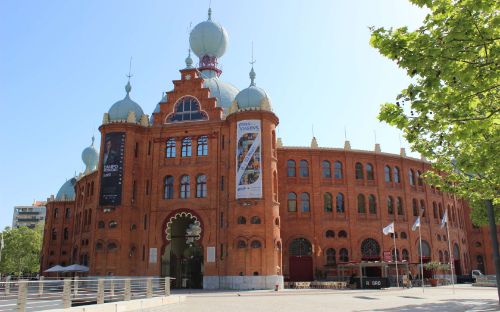Campo Pequeno, located in Lisbon, Portugal, is primarily known as a bullring and multipurpose arena rather than a traditional museum. Built in the late 19th century, this iconic red-brick building has a distinctive Moorish architectural style. While it's not a museum in the conventional sense, it offers visitors a glimpse into Portuguese cultural heritage.
The venue hosts various events, including concerts, exhibitions, and occasional bullfights, which are controversial but part of Portuguese tradition. The building itself is impressive, with its circular design and intricate details drawing admiration from architecture enthusiasts.
Visitors appreciate the well-maintained structure and its historical significance. However, opinions on the events held here, particularly bullfighting, are mixed. Some find the cultural aspects interesting, while others are uncomfortable with the practice.
The site includes a small museum area that provides information about the history of bullfighting and the building itself. This section receives moderate interest but isn't extensive.
On non-event days, the arena can feel quiet, and some visitors find there's limited content to justify the entrance fee. The surrounding area offers some dining options and shops, which adds to the overall experience.
Access is generally good, with the venue being well-connected to public transportation. However, some visitors note that more comprehensive information in English would be helpful.
Overall, Campo Pequeno is more of a cultural landmark than a traditional museum. It offers a unique perspective on Portuguese traditions and architecture, but the experience can vary greatly depending on whether an event is taking place during the visit.














